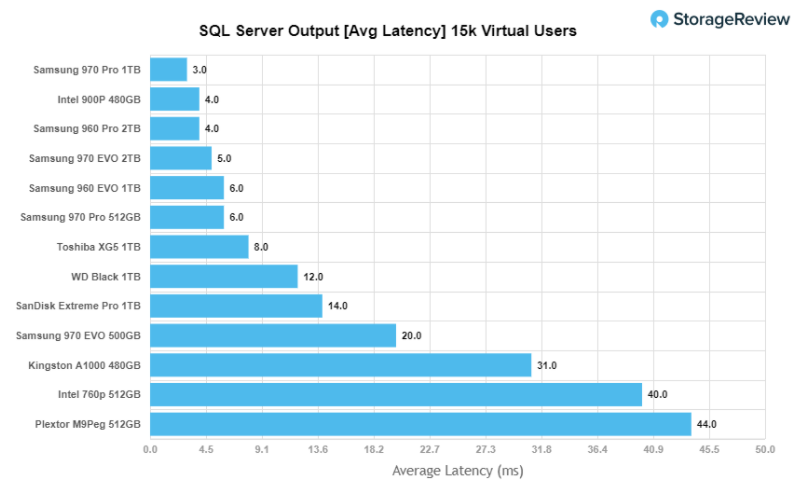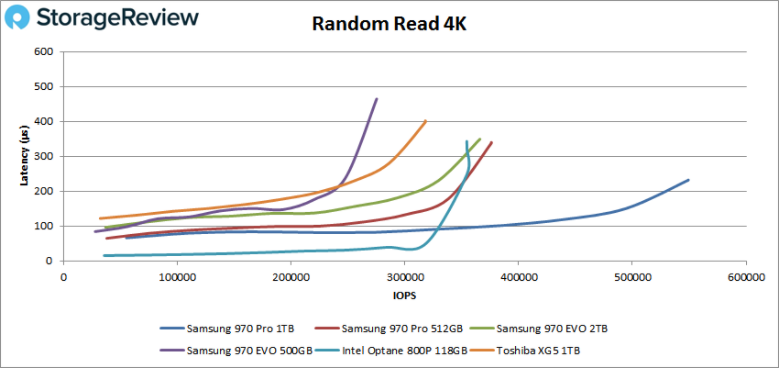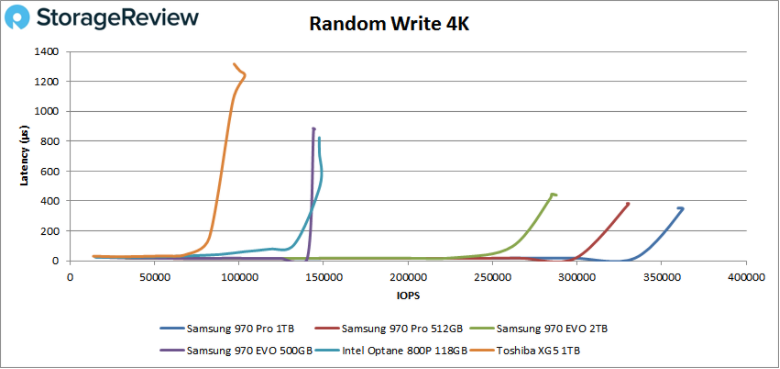legcramp
[H]F Junkie
- Joined
- Aug 16, 2004
- Messages
- 12,401
https://www.tomshardware.com/features/crucial-p2-ssd-qlc-flash-swap-downgrade
Crucial’s P2 wasn’t much of a contender for the title of the Best SSD when it first launched, but now it’s firmly on our do not recommend list. Recently, Crucial decided to swap out the P2’s TLC flash with slower and less-endurant QLC flash, making the new P2 much worse than the original version. For instance, the QLC version of the drive is nearly four times slower at transferring files than the original, read speeds are half as fast in real-world tests, and sustained write speeds have dropped to USB 2.0-like levels of a mere 40 MBps. That’s slower than most hard drives. Unfortunately Crucial made the change without altering the product name or number or issuing an announcement. Crucial claims that the P2 will live up to its specs because the company baked the performance of QLC flash right into the spec sheet at launch. But those specs don’t match the performance you’ll see in numerous reviews of the originally-shipping drives, resulting in yet another misleading component swap from an SSD manufacturer.
Sound familiar? Just as Adata has been under fire for deceptive tactics, Crucial is now in the hot seat for doing the same. Unlike Adata, Crucial has kept the P2’s SSD controller the same, but swapping TLC flash for cheaper, slower, and less durable QLC can be even more detrimental to performance.
Changing components in any product can happen due to a variety of reasons, like to assure component supply or cut costs, but now even the more reputable SSD manufacturers are becoming more aggressive. While these companies say the modified SSD will meet or exceed the specs of the original, this is mainly true for only one portion of an SSD’s performance — the synthetically measured sequential performance of the SLC cache. That doesn’t reflect the true performance penalties that can occur during real-world use.
Depending on the modification to the initial design, the performance ramifications can be very deceiving if you don’t know what to look for. While the sequential read and write performance can be in line with the spec sheet, random performance and sustained write speeds can vary greatly and severely impact real-world performance. That’s bad news for new buyers on the hunt for their next storage upgrade, especially if they’ve read reviews with higher benchmarks of a drive with the same name that isn’t, well, the same drive they’ll purchase at retail.
In the case of Crucial’s P2, we typically don’t expect companies that make their own NAND to engage in this practice. However, Crucial did set a precedent last year when it released a second SKU of it’s BX500 when it swapped from TLC to QLC NAND. The issue this time around is that the company hasn’t changed the model number or branding at all. Instead, these new P2 SSDs secretly replace the original model we received for review.
Crucial says the P2 lives up to the P2’s specs because it accounted for lower QLC performance when it launched the drives. We did notice the abnormally low performance specs during our initial review: The drive consistently beat its spec’d performance, leading us to believe something was ‘off.’ The 500GB model was only rated to deliver write speeds of up to 940 MBps, which didn’t line up with what we saw in our testing as our sample managed to dish out writes of over 1.8 GBps.
This left us with an uneasy feeling when it came to the future of the P2, and now we know the reason. While these new QLC P2 variants may live up to the company’s spec sheets, just like we saw with Adata’s XPG SX8200 Pro, they most definitely do not live up to the original’s performance. Unfortunately that means the benchmarks you’ll see in every review of the original P2 SSDs paint a misleading picture that isn’t representative of the actual performance you’ll get with the drives.
![[H]ard|Forum](/styles/hardforum/xenforo/logo_dark.png)


